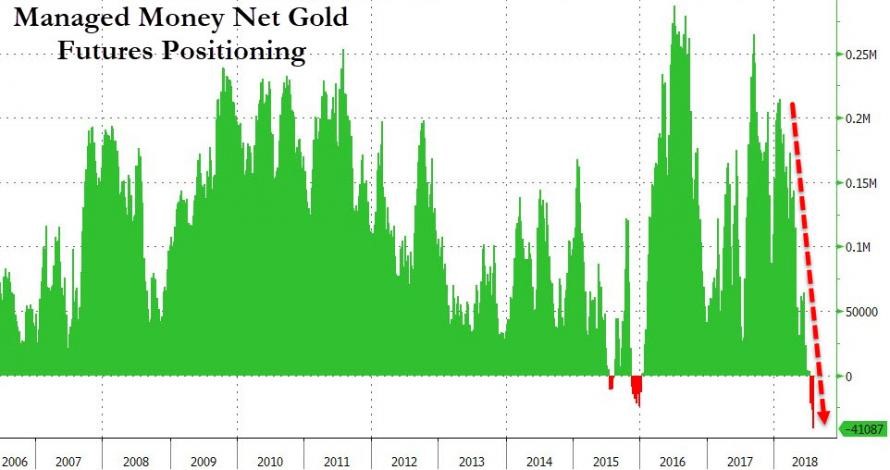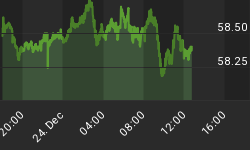There’s an old maxim in trading pits that says they don’t ring a bell at tops or bottoms. Although it literally refers to the opening bells rung during market open and close, it actually means that it’s hard to tell when a positive or negative sentiment has run its course.
A simple rule of thumb, though, is that when everyone, especially perma-bulls, turn bearish, then a bottom is nigh. Conversely, when even the most ardent bears throw in the towel, a top is beckoning.
The big problem is that there is no sure-fire way of telling when the majority of bulls or bears have left the building until it actually happens.
We have a couple of proxies though, and one is called herding behavior. Case in point: At the height of the Dotcom boom back in 1999, mutual funds were falling over themselves to change their names to include the designation “internet” even when actual connections were dubious at best. We all know how that one ended.
Well, the inverse also rings true when a highly unloved stock suddenly turns the tables on the bears. Of course, this is not an admonition to go out and try and catch a falling knife. It’s always prudent to carefully analyze the fundamentals of such companies before pulling the trigger (think of a formerly unloved tech company like AMD whose shares have tucked on 90 percent YTD). Related: Gold Demand In Iran Hits Record Levels
The same goes for gold. It’s not been a good year for gold by any stretch of the imagination, and it just keeps getting worse.
Bad enough to attract record shorts from hedge funds:

(Click to enlarge)
And even causing perma-bulls like Vanguard to shift allegiance. Vanguard Precious Metals and Mining Fund, a $2.3 billion fund, has just denounced gold after announcing that it’s changing its name and investment style to Vanguard Global Capital Cycles Fund.
Sentiment might not be a bona fide timing mechanism, but gold bearishness has now reached epic proportions.

(Click to enlarge)
Does that mean a bottom bell is ringing for gold? Could be. Fred Hickey, editor at The High Tech Strategist, thinks so:

(Click to enlarge)
The Golden Shakeout
A gold bottom tends to be quite unlike those by your average stocks or other asset classes. Instead of quickly rebounding after touching a crucial support level, gold tends to break support more convincingly—as if it’s trying to shake out all but the most die-hard of bulls.
MoneyShow says that using the 400-day moving average as a support line instead of just the usual 200-day MA has worked for them in the past. They advise that buying at these bottoms has usually maximized their returns for the cyclical asset.
Related: Ride-Sharing: The Next Hotbed For Cybercrime?
Sounds like good advice for investors who are in it for the long-term. But nobody says it’s easy to do: You’ve got to divorce yourself from the emotionally-draining swings that are part of the gold market.
MoneyShow recommends buying the gold juniors at this point by saying that their relative illiquidity tends to work in their favor at points like this. Investors should, however, note that junior mining stocks are leveraged to gold in both directions and can lead to hefty losses if gold continues sliding much lower.
Other Bullish Indicators
There are two more key indicators that are currently bullish for gold.
The first is the Commitment of Traders (COT) report from the CFTC that shows large speculators are now net short gold. This rarely happens, and the two times it has, gold has rallied-- big time.
The second is that the greenback appears to have run out of steam and has been going nowhere--no matter how much the longs keep piling in.

(Click to enlarge)

(Click to enlarge)
By Alex Kimani for Safehaven.com
More Top Reads From Safehaven.com

















